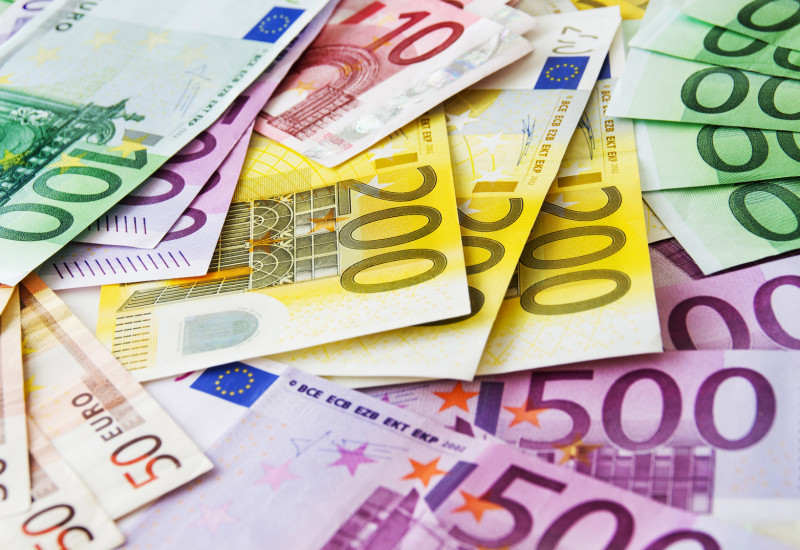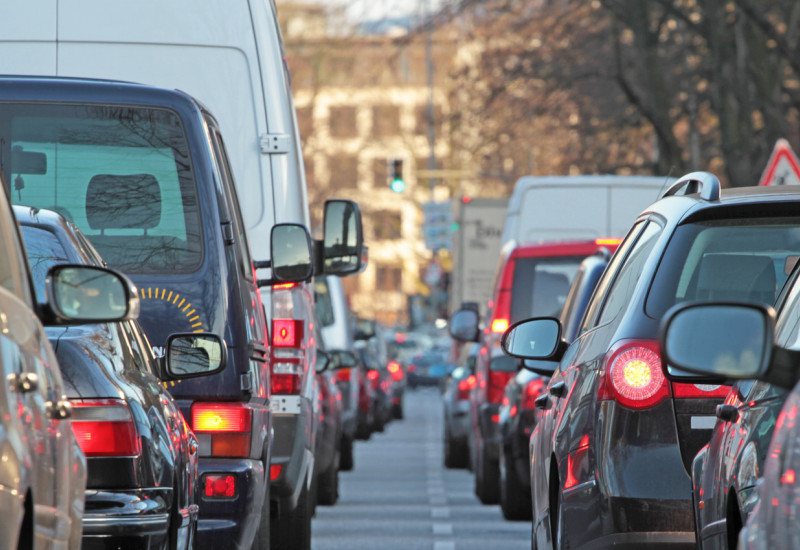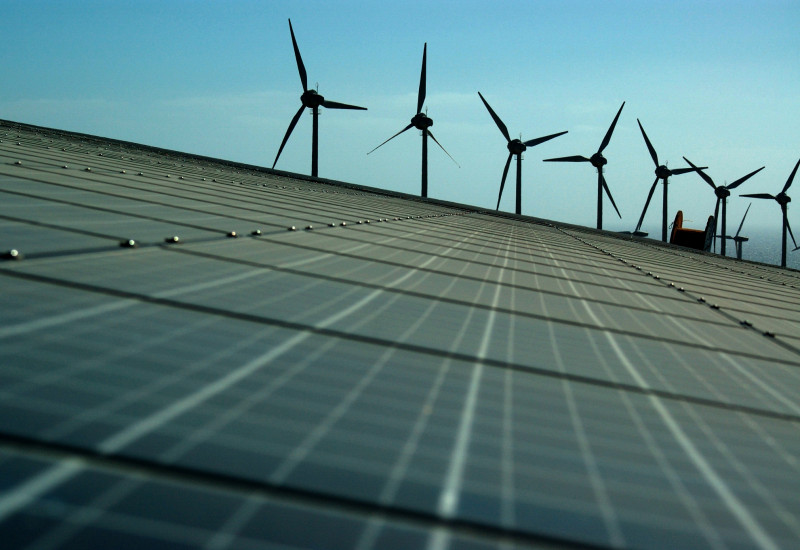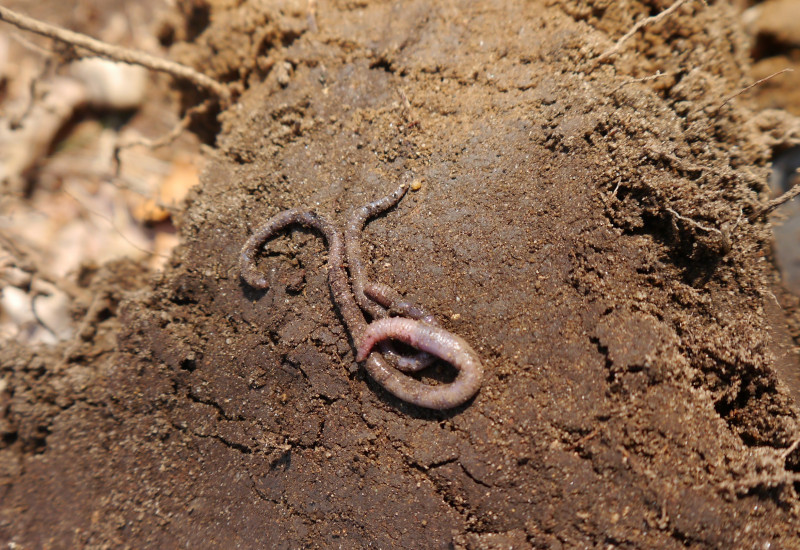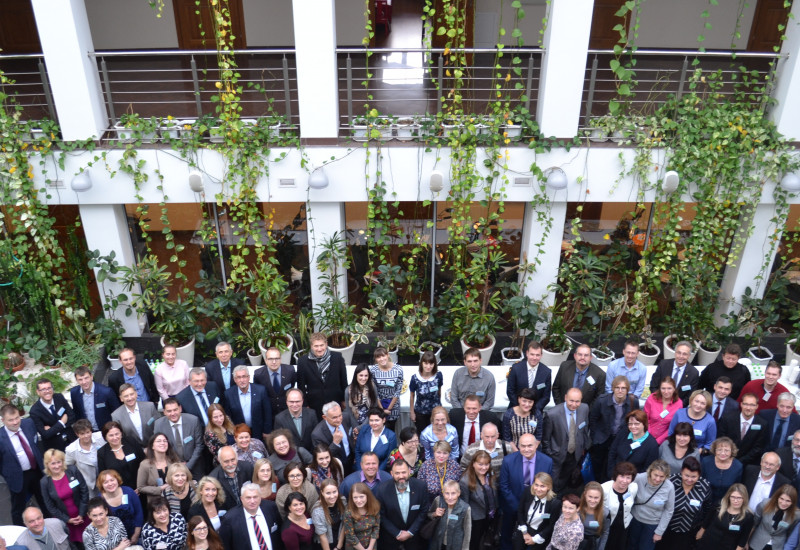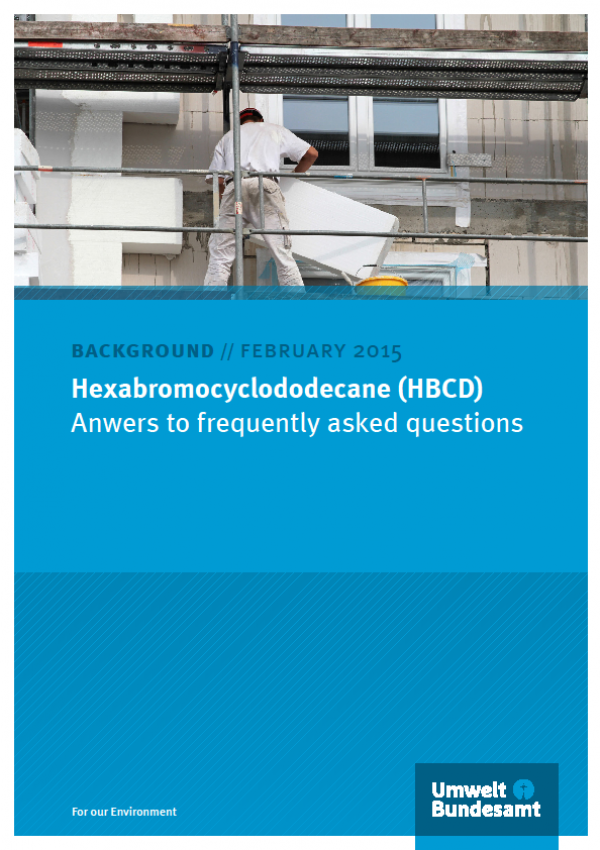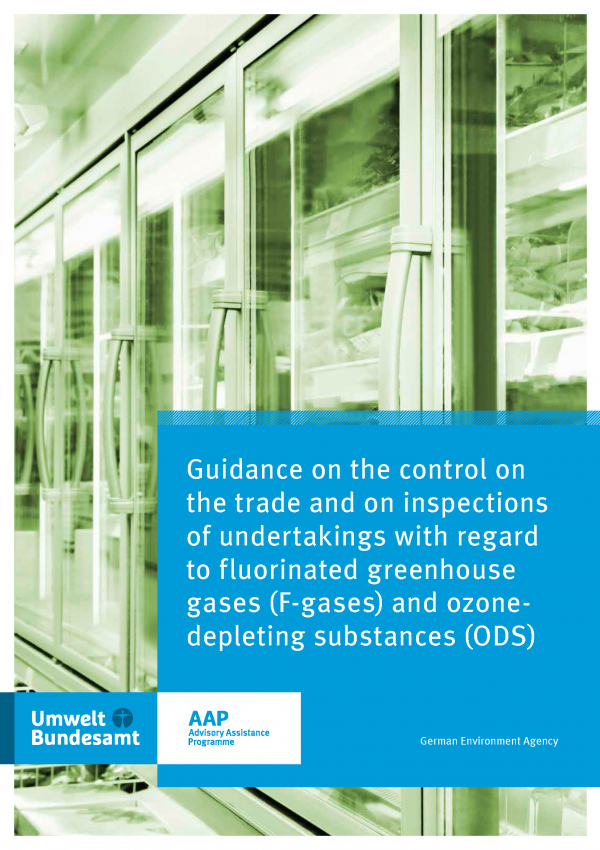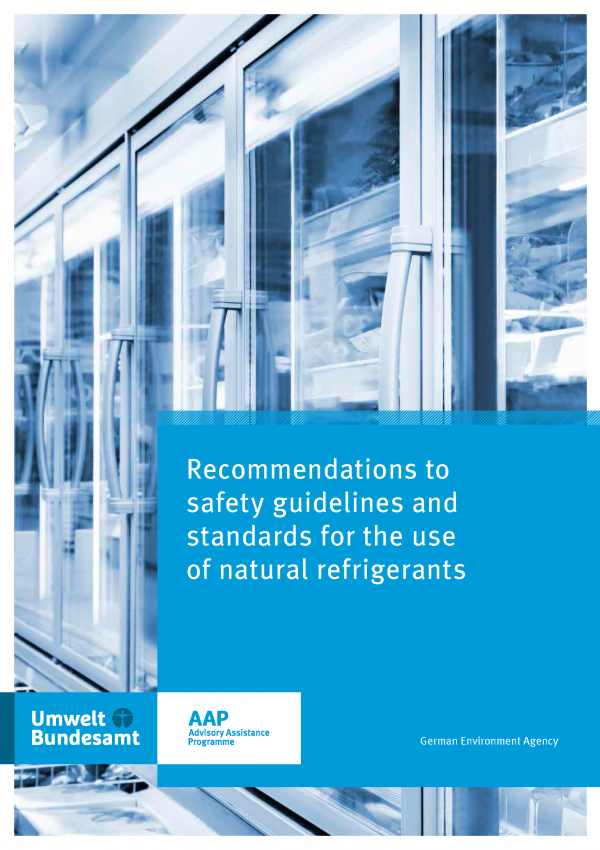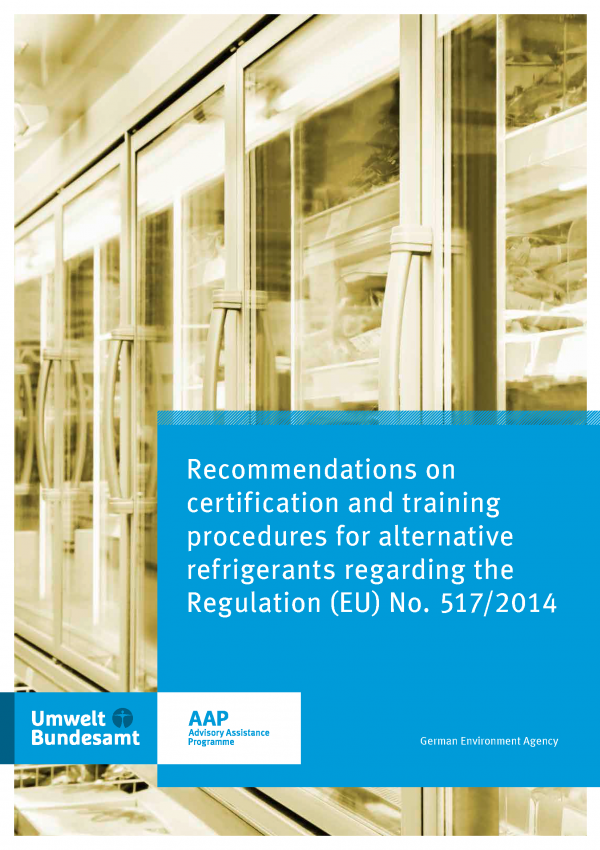
No.: 1/2017Newsletter "UBA aktuell"
Dear reader,
Germany spent the lordly sum of 57 billion euros on environmentally harmful subsidies in 2012, for example in the coal and lignite industries. These funds can be put to better use in future. Read more about it in the new issue of the “UBA aktuell” Newsletter.
In close connection with this issue we are also issuing recommendations for the urgently needed turnaround in agricultural policy. Public funding may not be allocated to any type of activity which harms the environment or incurs high costs borne by the general public – for example for the removal of nitrate from our drinking water.
Our report Air Quality 2016 also reflects the topic of subsidies. Subsidized diesel for automobiles is one of the main reasons that the limit value for nitrogen dioxide is exceeded at more than half of the measuring stations located near traffic.
We wish you interesting reading.
Yours sincerely, Press Office at the German Environment Agency

